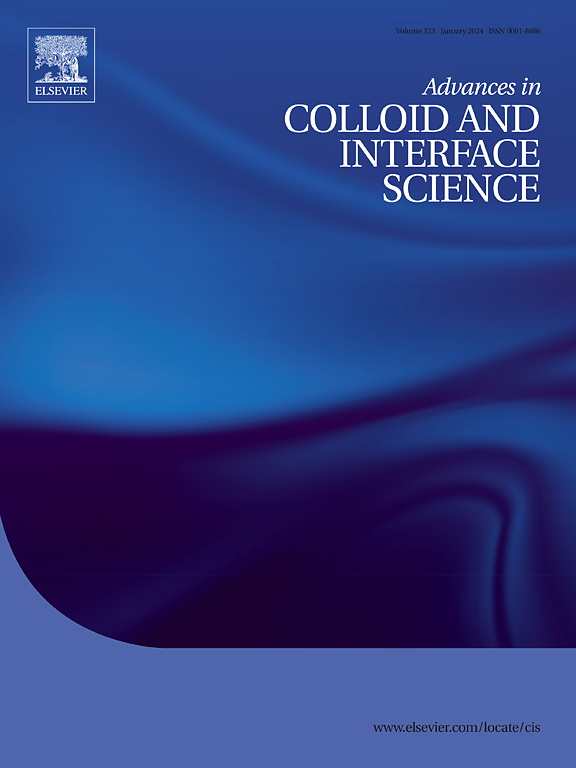Progress in understanding of evaporation of droplets:Fundamentals and applications
IF 15.9
1区 化学
Q1 CHEMISTRY, PHYSICAL
引用次数: 0
Abstract
Evaporation of liquid droplets, especially water and aqueous solutions, is the basis of various industrial technologies and is found in many natural phenomena. In particular, the analysis of droplet evaporation is important to model the drying process of solutions in the pharmaceutical and food industries, the thermal processes in combustion engines, the use of water mist curtains in fire safety and the reasonable use of irrigation in agriculture. Climate studies, including the Earth's atmosphere and the ocean-atmosphere interactions, also require computational modeling evaporation of water droplets with various impurities and seawater droplets in the ocean's surface layer. The present review paper includes analyses of the evaporation of relatively large sessile droplets and small droplets suspended in ambient air. The paper describes some little-known details regarding modeling the radiative evaporation of single droplets and droplet layers including the spectral radiative transfer analysis. The review also covers the evaporation of sessile droplets, which is relevant in various applications. The impact of interfacial effects, such as contact angle hysteresis and Marangoni flows, on sessile droplet evaporation is discussed. Trends for future investigation are foreseen.

液滴蒸发的研究进展:基本原理和应用
液滴的蒸发,特别是水和水溶液的蒸发,是各种工业技术的基础,也存在于许多自然现象中。特别是,液滴蒸发的分析对于模拟制药和食品工业中溶液的干燥过程、内燃机中的热过程、消防安全中水雾幕的使用以及农业中灌溉的合理使用非常重要。气候研究,包括地球大气和海洋-大气相互作用,也需要计算模拟各种杂质的水滴和海洋表层的海水水滴的蒸发。本文主要分析了悬浮在空气中的大液滴和小液滴的蒸发情况。本文介绍了单液滴和液滴层辐射蒸发模拟中一些鲜为人知的细节,包括光谱辐射传输分析。综述还涵盖了在各种应用中相关的无基液滴的蒸发。讨论了接触角滞后和马兰戈尼流等界面效应对固相液滴蒸发的影响。预测了未来调查的趋势。
本文章由计算机程序翻译,如有差异,请以英文原文为准。
求助全文
约1分钟内获得全文
求助全文
来源期刊
CiteScore
28.50
自引率
2.60%
发文量
175
审稿时长
31 days
期刊介绍:
"Advances in Colloid and Interface Science" is an international journal that focuses on experimental and theoretical developments in interfacial and colloidal phenomena. The journal covers a wide range of disciplines including biology, chemistry, physics, and technology.
The journal accepts review articles on any topic within the scope of colloid and interface science. These articles should provide an in-depth analysis of the subject matter, offering a critical review of the current state of the field. The author's informed opinion on the topic should also be included. The manuscript should compare and contrast ideas found in the reviewed literature and address the limitations of these ideas.
Typically, the articles published in this journal are written by recognized experts in the field.

 求助内容:
求助内容: 应助结果提醒方式:
应助结果提醒方式:


